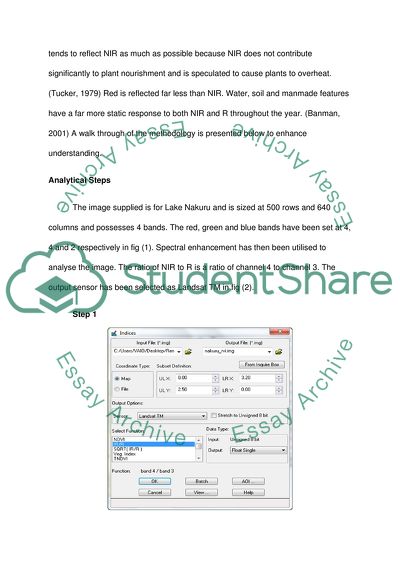Cite this document
(Digital Image Processing Techniques Report Example | Topics and Well Written Essays - 2000 words, n.d.)
Digital Image Processing Techniques Report Example | Topics and Well Written Essays - 2000 words. https://studentshare.org/logic-programming/1755224-enhance-a-report
Digital Image Processing Techniques Report Example | Topics and Well Written Essays - 2000 words. https://studentshare.org/logic-programming/1755224-enhance-a-report
(Digital Image Processing Techniques Report Example | Topics and Well Written Essays - 2000 Words)
Digital Image Processing Techniques Report Example | Topics and Well Written Essays - 2000 Words. https://studentshare.org/logic-programming/1755224-enhance-a-report.
Digital Image Processing Techniques Report Example | Topics and Well Written Essays - 2000 Words. https://studentshare.org/logic-programming/1755224-enhance-a-report.
“Digital Image Processing Techniques Report Example | Topics and Well Written Essays - 2000 Words”. https://studentshare.org/logic-programming/1755224-enhance-a-report.


